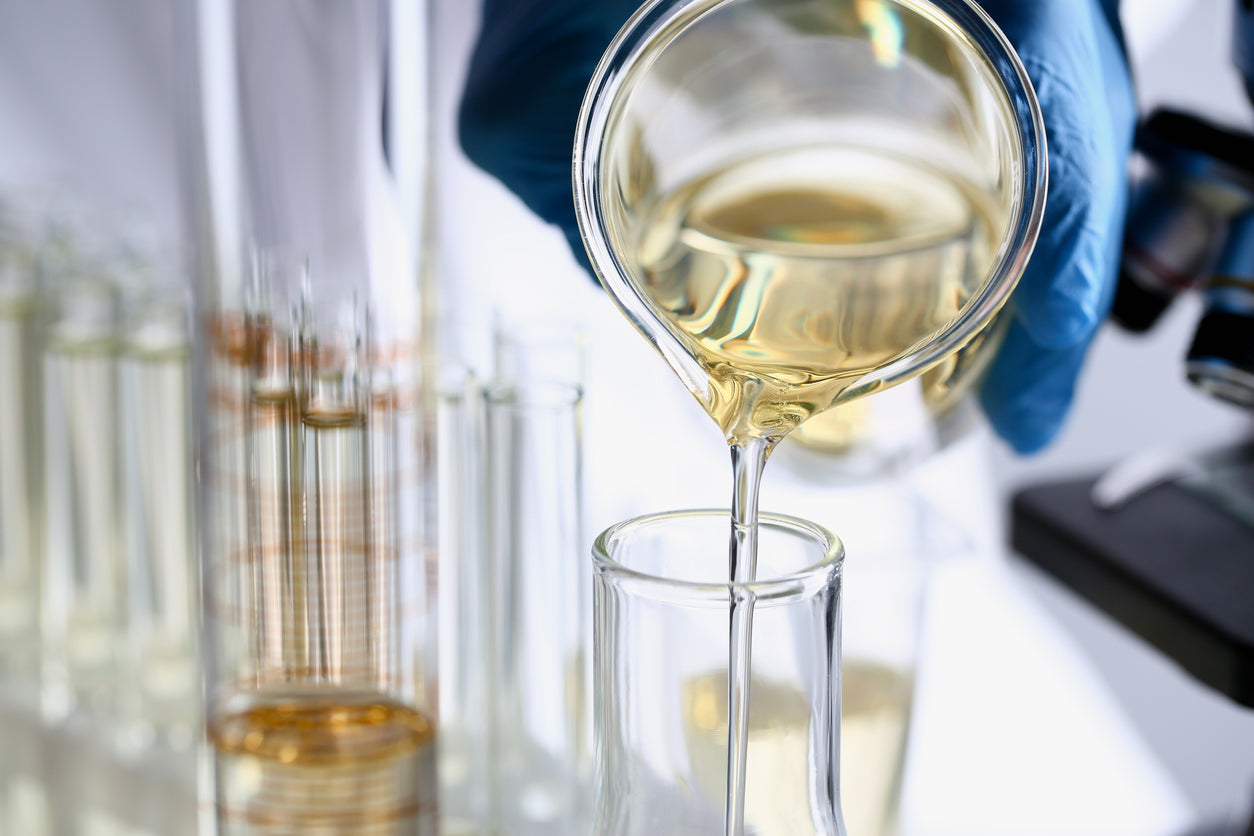
Why Viscosity Matters: Deciphering the Range in Super Glues
In the adhesive world, not all super glues are created equal. An essential property often overlooked in common discourse, but keenly examined by professionals, is viscosity. This single characteristic can significantly influence the application, performance, and final outcome of a project. Let's delve into the nuances of viscosity and its impact on super glues.
Understanding Viscosity
At its core, viscosity refers to a fluid's resistance to flow – think of it as the "thickness" or "thinness" of a liquid. In the context of super glues, viscosity, measured in centipoise (CPS), determines how freely the adhesive flows when applied. A low CPS suggests a thin adhesive, ideal for penetrating tight spots, while a high CPS indicates a thicker substance, offering more control during application.
Why Viscosity Variation is Essential
- Specific Project Needs: Different projects require different adhesive characteristics. For instance, woodworking might need a thin adhesive to seep into the pores of the wood, offering a robust bond. Meanwhile, tasks like aquascaping, where precision is crucial, benefit from a medium viscosity glue that won't soak into the rocks but will hold them firmly.
- Curing Time: Viscosity can influence how quickly the glue sets. Ultra-thin glues, with their low CPS, can cure in seconds, while thicker glues, with their higher CPS, allow for longer positioning time, ensuring accuracy before the bond sets.
- Controlled Application: Higher viscosity glues provide users with increased control, reducing unwanted drips or excessive run-off, which is especially important for detailed crafts or repairs.
Deciphering the Range
Given the importance of viscosity, having a range of options becomes invaluable. Let's explore the array:
- Ultra Thin (5 CPS): Perfect for tasks requiring rapid bonding. Ideal for applications like woodturning, where it can also act as a varnish.
- Thin (100 CPS) and Medium (700 CPS): These offer a balance between speed and control. They've found admirers among aquascapers, especially when creating intricate coral and reef structures.
- Thick (5,000 CPS) and Gel (10,000 CPS): For projects demanding the utmost precision, these are the go-to options. Their thickness ensures they stay where they're placed, allowing for adjustments before setting.
- CA Glue Accelerator: An innovative product that speeds up the bonding process, making even the thickest of glues set quicker.
In Conclusion
Understanding the viscosity of super glue is crucial for both professionals and hobbyists. It can be the difference between a project's success or failure. By acknowledging the importance of viscosity and the range available, users can select the perfect adhesive for their needs, ensuring durable bonds and impeccable results.

